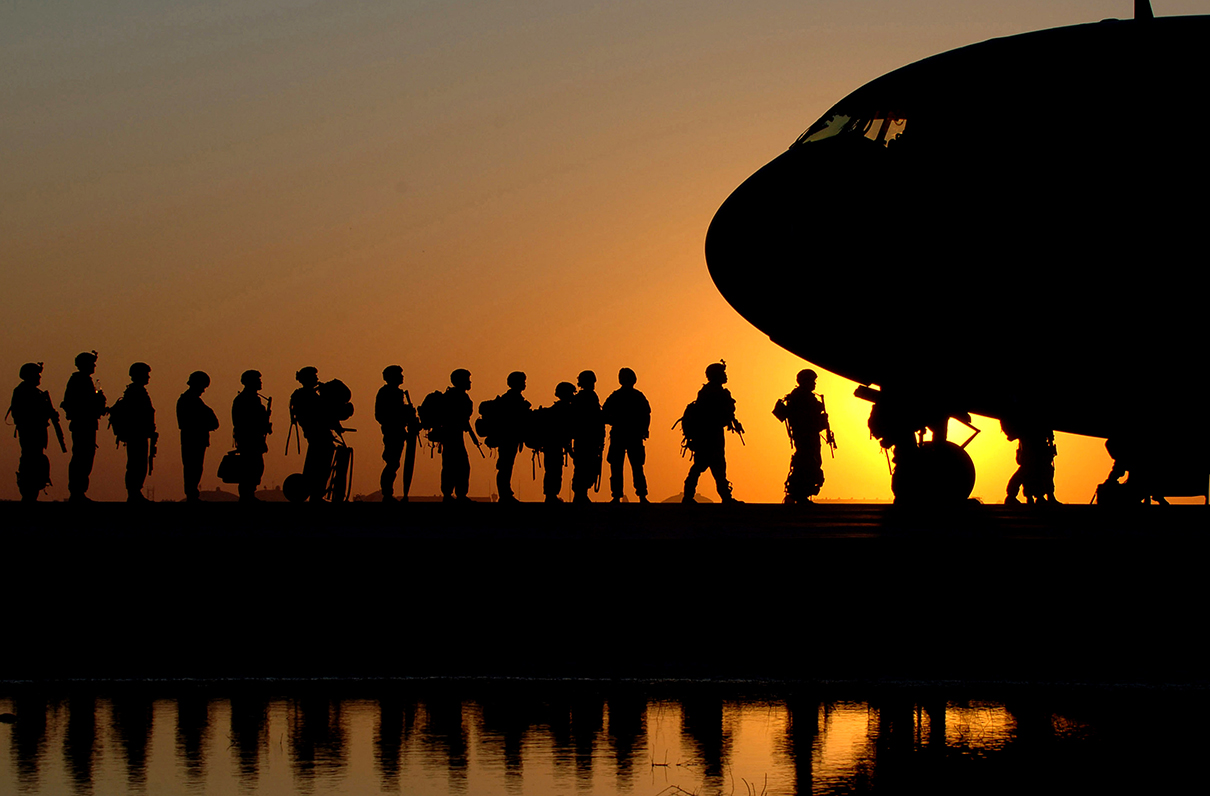Military leaders must prepare to combat threats from near-peer competitors like China and Russia after almost two decades of fighting insurgents in the Middle East.
That's according to DoD's new national defense strategy, titled Sharpening the American Military's Competitive Edge, which Defense Secretary Jim Mattis released Friday. Ten years have passed since the Pentagon's last national-level strategy - and a lot has changed since then, the 11-page summary states.
“We are facing increased global disorder, characterized by decline in the long-standing rules-based international order - creating a security environment more complex and volatile than any we have experienced in recent memory,” the document states.
“Inter-state strategic competition, not terrorism, is now the primary concern in U.S. national security.
Long-term strategic competition with Russia and China will be the Pentagon's top priority. At the same time, the U.S. must defeat terror organizations determined to strike the homeland and deter rogue regimes in places like North Korea and Iran. The strategy focuses on three areas: building a more lethal force, strengthening alliances and attracting new partners, and reforming DoD for greater performance and affordability.
Potential adversaries have made advancements in every operating domain over the last few years, Mattis said, including information warfare, space, and cyber.
“Our competitive edge has eroded … and it is continuing to erode,” Mattis said.
Competing with near-peer adversaries will require some new skill sets. Military leaders must be intellectual warfighters capable of making national-level decisions in case their communications were to be compromised mid-combat. Professional military education will “emphasize independence of action in warfighting concepts” to better prepare leaders those scenarios.
Recruiting and retaining high-quality personnel will be essential, the strategy states. That's true on DoD's civilian side, too. The Pentagon will seek out scientists, computer programmers, engineers, and data scientists “to use information, not simply manage it.” DoD also needs to be able to test, acquire, and field gear more quickly - especially as non-state actors often have access to military-grade equipment while troops wait months or years for theirs.
Michael O'Hanlon, a senior fellow in foreign policy at the Brookings Institution, wrote on Sunday that he supports much of the new strategy, but thinks there are three areas that need more attention. The first is not to treat Russia and China as interchangeable threats. They are “very different kinds of challenges,” he wrote. The second is that the strategy didn't pay too much attention to North Korea, which he called “striking.” The third was funding.
“We literally still do not know if the 2018 national defense budget will be closer to $700 billion than to $600 billion, even though the fiscal year is already nearly [a third] over,” O'Hanlon wrote.
Adapting to face tomorrow's challenges doesn't come without tough choices, Mattis said. But they followed a “fundamental precept,” he said. “Namely that America can afford survival.”
